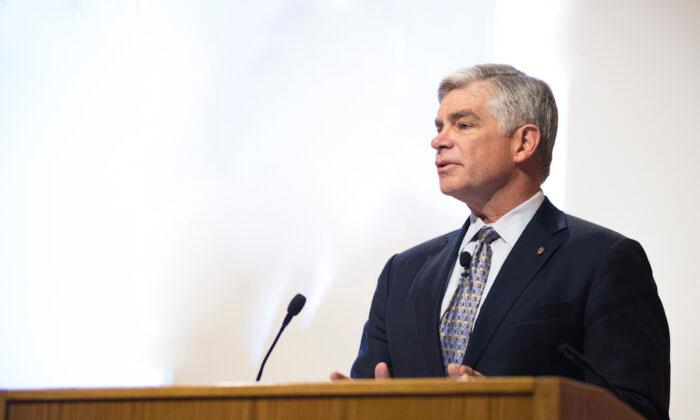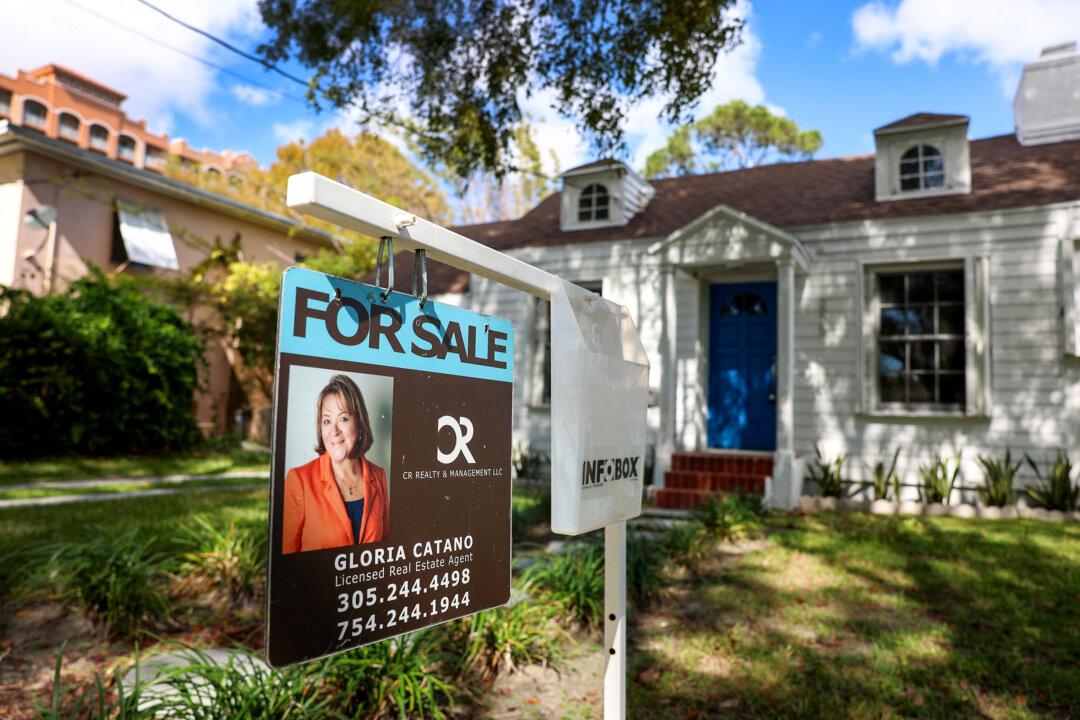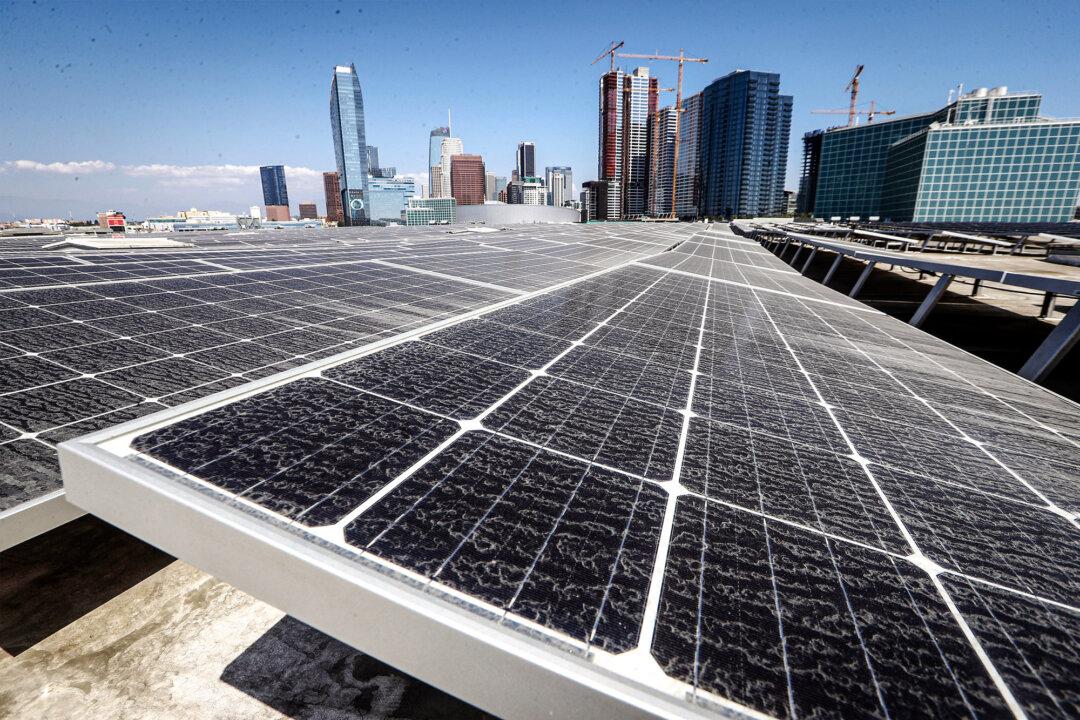Multiple Federal Reserve policymakers are expecting interest-rate hikes to continue, albeit at a smaller magnitude, as the central bank attempts to rein in inflation, with Patrick Harker, president of the Federal Reserve Bank of Philadelphia, predicting the economy will experience only a “modest” growth in 2023.
Last year, the Fed raised the federal funds rate from zero percent to a range of 4.25–4.5 percent.
Harker, who was speaking at the Lyons Center for Economic Education and Entrepreneurship, University of Delaware, called inflation a “scourge” that leads to economic inefficiencies and hurts Americans of limited means disproportionately.
The Fed’s goal is to “slow the economy modestly” and to bring demand more in line with supply, he added.
The 12-month Consumer Price Index (CPI) came in at 6.5 percent in December. CPI remained at or above 6.5 percent for every single month in 2022. Meanwhile, December core inflation—which excludes food and energy—was recorded at 5.7 percent.
Rates Above 5 Percent
Loretta Mester, president of the Federal Reserve Bank of Cleveland, believes tightening the interest rate too little brings in a “larger risk” and suggests that it should be raised a “little bit” above the 5.0–5.25 percent range which the policymakers have projected for by the end of 2023.Mester did not say how large of a hike she wants the Fed to take in its next meeting later this month. However, she noted that the markets were able to handle the 50 basisp-point hike in December.
The Cleveland Fed chief wants to see inflation “moving down faster” before she supports pausing the rate hikes in the coming months.
Slowing Down Rate Hikes
In an address on Jan. 18, Dallas Fed President Lorie Logan batted for slowing down the pace of interest -ate hikes to better calibrate the monetary policy with economic uncertainty.“If you’re on a road trip and you encounter foggy weather or a dangerous highway, it’s a good idea to slow down. Likewise if you’re a policymaker in today’s complex economic and financial environment,” she said in her speech.
“That’s why I supported the FOMC’s [Federal Open Market Committee] decision last month to reduce the pace of rate increases. And the same considerations suggest slowing the pace further at the upcoming meeting.”
Slowing down the pace of hikes does not mean that there is less commitment to bring down inflation to 2 percent, she pointed out.
Logan’s “own view” is that the Fed will likely need to continue “gradually raising” interest rates until there is “convincing evidence” that inflation is headed towards the central bank’s 2 percent goal in a sustainable manner.





